We think the spinet piano gets a lot of undeserved hate.
Sure, some were made cheap. And its indirect blow action is “technically inferior” to that of a grand or upright piano.
But some make fine pianos for many beginners! Plus with how cheap they generally are, they’re an acoustic piano that many are able to afford.
In this article, we’ll go over the history of spinet pianos — and how they ended up as the most notorious types of acoustic pianos available today.
What is a Spinet Piano?
Spinet pianos are a small type of upright piano that were very popular in the mid 20th century.
They get their name perhaps from the way piano strings are arranged, with the longer bass strings on the bottom and the shorter treble strings on the top, resembling a spine. Another defining feature of a spinet is its drop action, also called an indirect blow action.
Steve Howard from Howard Piano Industries in his popular video on removing a spinet piano’s action. You can see this Story & Clark spinet with its front panel removed, exposing the drop action.
A spinet piano is meant to be more compact than upright pianos by design. In many cases, spinet pianos are only 36 to 40 inches tall.
They’re also less expensive than even slightly taller console pianos, making them a more accessible instrument to those on a budget.
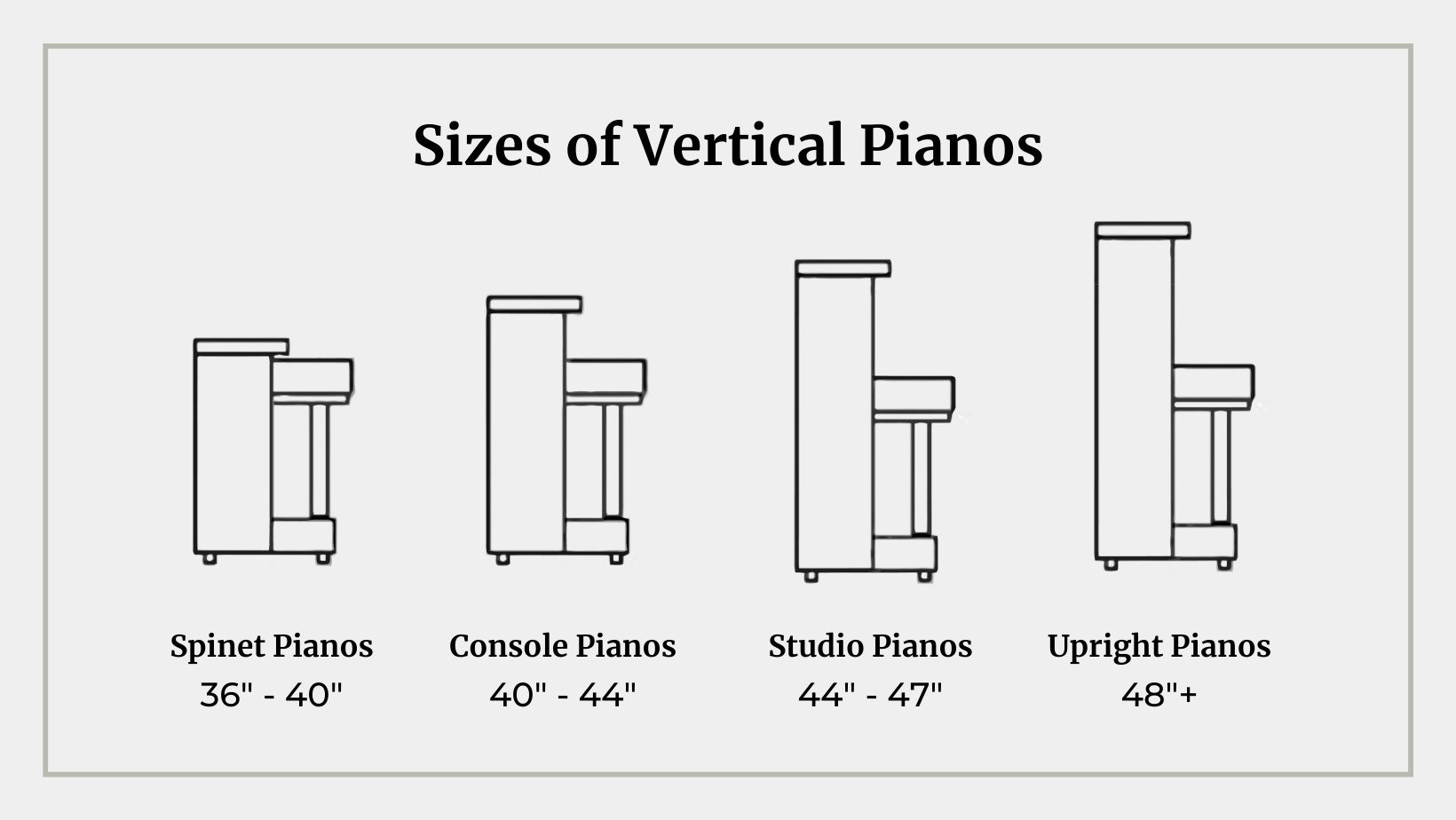
Despite their previous fame, cheap price and convenient size; spinet pianos aren’t made anymore. One reason for this is that manufacturers can make bigger upright pianos for cheaper. Additionally, the rise of digital pianos led to a decline in acoustic pianos overall (which includes spinets).
Spinet Piano vs Upright: Key Differences
The action of a spinet piano, the mechanism that connects the piano’s keys to the hammer hitting the strings inside, is different from that of an upright or grand piano.
In a spinet piano, the keys are connected to the hammers through a series of levers and hinges connected to a rod (called a drop wire). This results in a less precise and responsive touch than that of a full-sized upright or grand piano.

This is a spinet piano's indirect blow action (also called a drop action) [top left] compared to an upright piano action [right] and a grand piano action [bottom left].
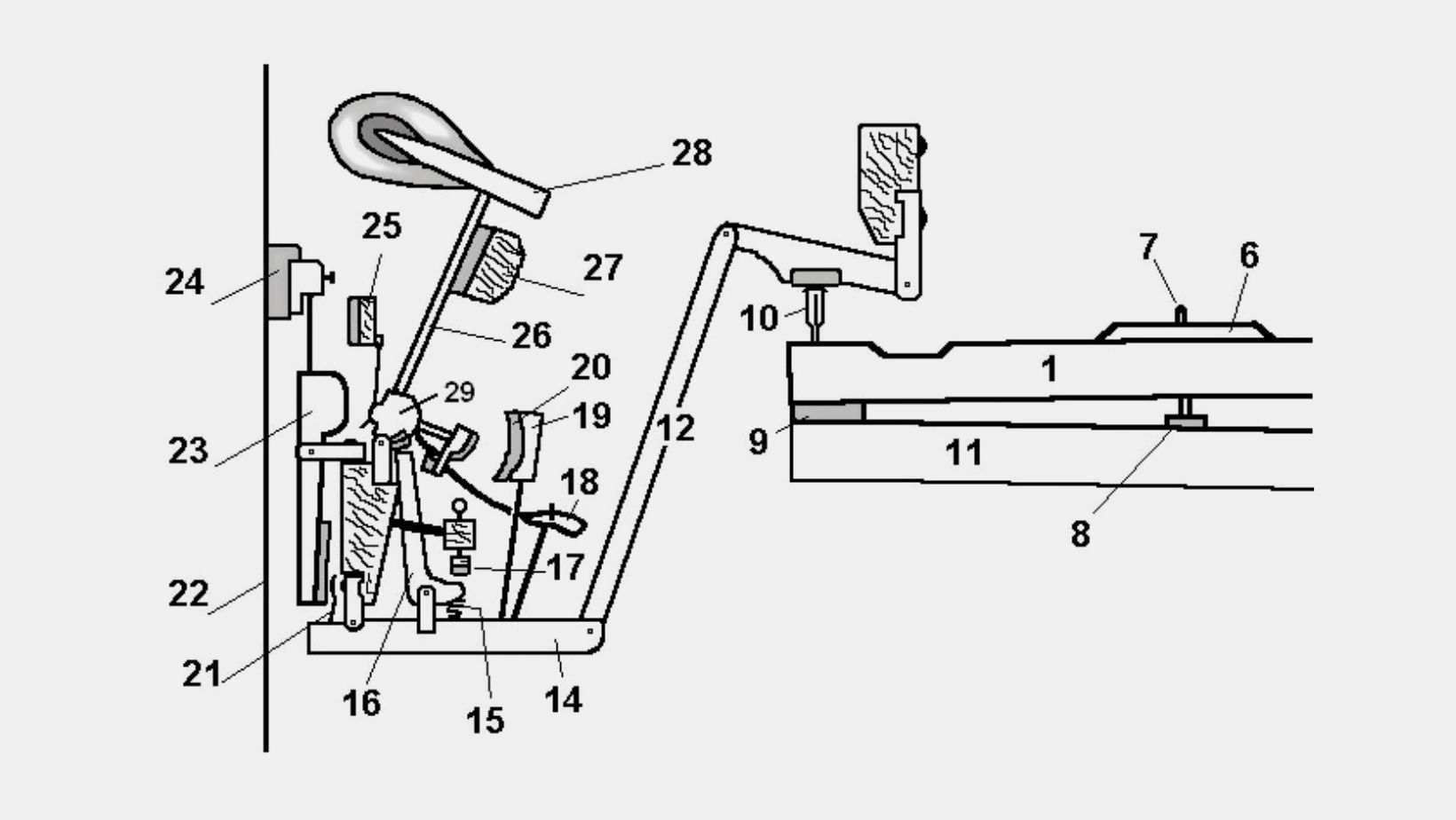
Part 12 is known as the drop wire. It's a part unique to the spinet piano's action, a thick rod (not really a wire actually) that drops it below the keys. Hence the name, drop action!
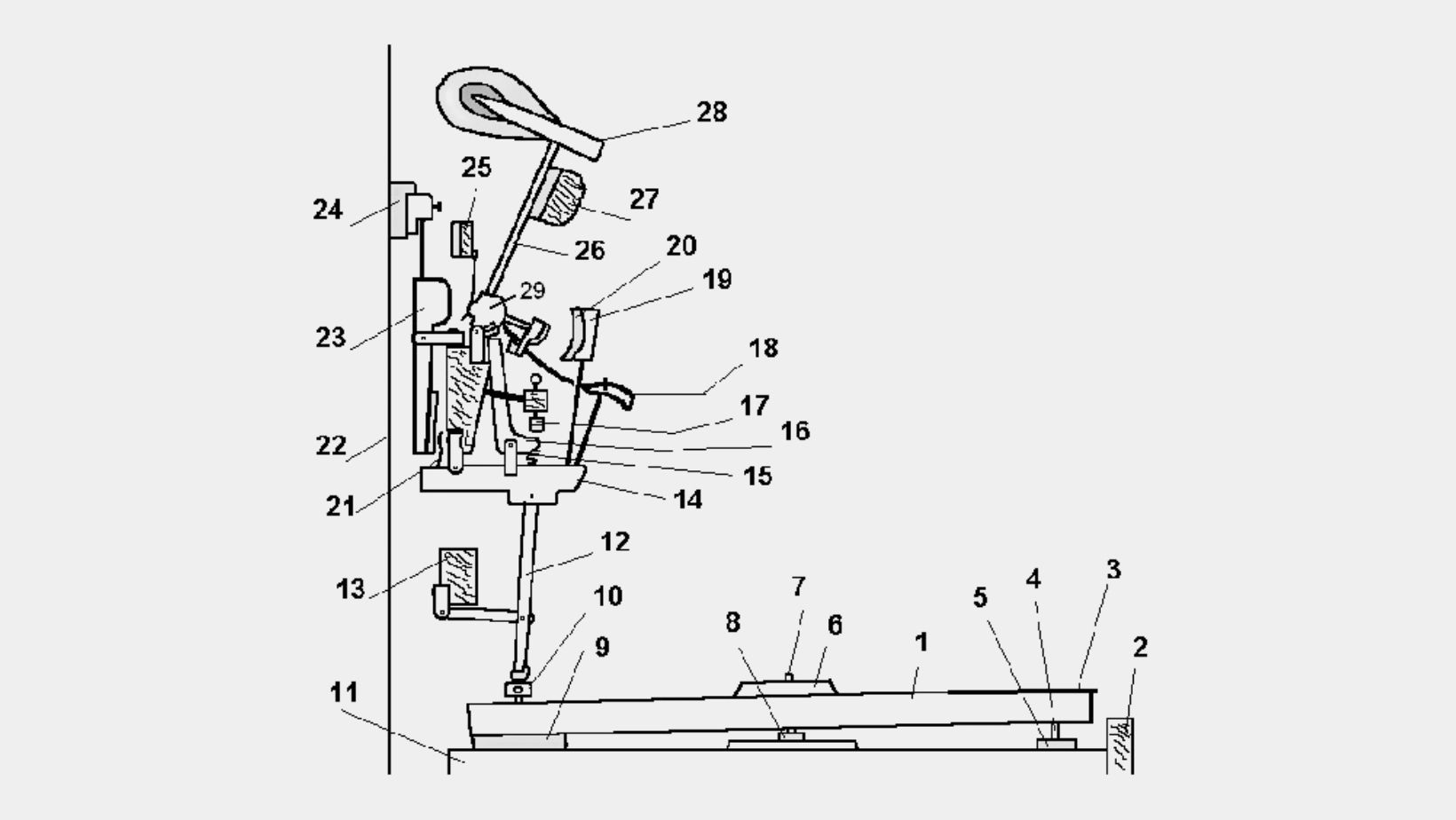
There are many parts in this upright piano's action that look similar to a spinet piano's. However, notice that it doesn't drop, and that the hammer is placed horizontally (unlike in a grand piano which strikes vertically and is assisted by gravity).
Another video by Howard Piano Industries! This is more of a holistic and technical look at the spinet’s action. A few words are shared on how they differer from an upright piano’s — and why spinets actually aren’t that hard to work on!
The spinet piano’s indirect-blow dropped action is simply not as good as the ones in other acoustic pianos. And that coupled with the fact that spinet pianos have smaller soundboards and shorter strings means the playing and listening experience isn’t as great overall.
History of Spinets: Sold at Sears?
Besides being compact and affordable, spinet pianos were also attractive back in the day because they were sold at the well-known retailer Sears. This made it easier for people to purchase and own a piano, even if they didn’t have a local music store or piano dealer in their area.
And indeed, Sears was one of the largest retailers of spinet pianos in the mid 20th century. They offered a wide range of brands and models at various price points.
Sears additionally made their pianos affordable with financing plans, and their widespread sales catalogs and savvy marketing helped make their pianos a household name.

Sears pianos were usually durability built too. The manufacturing was backed up by their 25-year warranty, a couple times more than what any manufacturer offers today. And these spinets also had to withstand tough conditions being shipped by train to even the most rural parts of the country. We do still see these pianos around under the names of Sears Roebuck & Co., Beckwith and Caldwell today!
What do Piano Technicians Think?
Piano technicians generally have mixed feelings about spinet pianos.
On the one hand, the drop action of a spinet piano can be more difficult to work with, especially if the services requires removing it. This can make repairs and maintenance more time-consuming and potentially more costly.
On the other hand, some models like the Baldwin Acrosonic spinets were known for their high-quality construction. These pianos can still be a worthwhile investment for those looking to fix up an older instrument, as they can often be restored to a good playing condition with the help of a skilled technician.
“A spinet like this is usually $1,499 so [we’re selling it] even cheaper! They are good student pianos IF they have been fixed up! Thoroughly like we do! Many are just plain worn out and ready for “piano heaven” — which is where I’ll send them instead of selling something I can’t stand behind and warranty.” –Alice Alviani, Technician & Founder of Family Piano Co
With proper maintenance and care, these pianos can be a great option for those who prefer the compact size and unique sound of a spinet. It’s just very important to make sure it has been properly maintained!
Do Teachers Think They’re Good for Beginners?
Just like piano technicians, teachers may have mixed opinions on spinet pianos too.
Some teachers might appreciate the affordable price of spinet pianos, making them a good option for students who are just starting out on the instrument.
However, the indirect blow action and smaller keystick length may make it more difficult for students to develop proper technique. This can be especially problematic for students who want to work on more advanced repertoire, as the action of the piano will affect their ability to perform more technical passages.
It’s also worth mentioning that the number of teachers who hate digital pianos has gone down over the past decade or so. It was sort of taboo even throughout the early 2000s, but these days, most are pretty respectable instruments at pretty reasonable prices.
If given the choice between their students playing a $1000 digital piano vs a $1000 spinet piano — well, we’re actually not sure which would win if we polled piano teachers. In terms of practicality though, the clear winner is the digital piano since it doesn’t need to be maintained or tuned every year.

These days, digital pianos are usually the first type of piano that a beginning pianist will play. They offer lots of helpful features and learning tools, and unlike spinets or other acoustic pianos, they don't require any maintenance.
At the end of the day, a spinet piano is an acoustic piano, and it does have a full-size weighted-and-graded 88-key keyboard. We think in the case of most beginners, a spinet piano can get you through the first year or two of starting piano lessons. And at any rate, it’s a much better option to starting on a plastic keyboard with unweighted piano-style keys!
So Are Spinet Pianos Still Worth Buying?
Overall, whether or not a spinet piano is worth buying depends on the specific piano itself and the needs and preferences of the player.
While spinet pianos may have some limitations compared to full-sized upright or grand pianos, they can still be a good option for some playing styles. For example, the light and jumpy action of a spinet piano may be preferable for certain types of music such as ragtime or jazz. The smaller size of the piano may make it less loud and more suitable for practicing in a small space too.
In terms of affordability, spinet pianos are generally the most affordable type of acoustic piano, making them a good option for those on a budget. However, it’s important to note that not all spinet pianos are created equal, and some may be in better condition or have a better sound quality than others.
In some cases, it may be worth investing in a lower-tier digital piano rather than settling for just any spinet piano. We recommend sticking to better-known brands like Baldwin, Wurlitzer and Chickering to be sure. And even then, do remember to get a technician involved!
In the end, we still don’t think spinet pianos are absolutely awful instruments. To some families, they’re the best piano they can afford. And we think starting on a decent-quality instrument now is preferable to waiting for a high-quality instrument much later.
As as long as you’re happy playing it, and given your technician and teacher aren’t advising you to get something else, a spinet piano is a fine instrument to play and own!

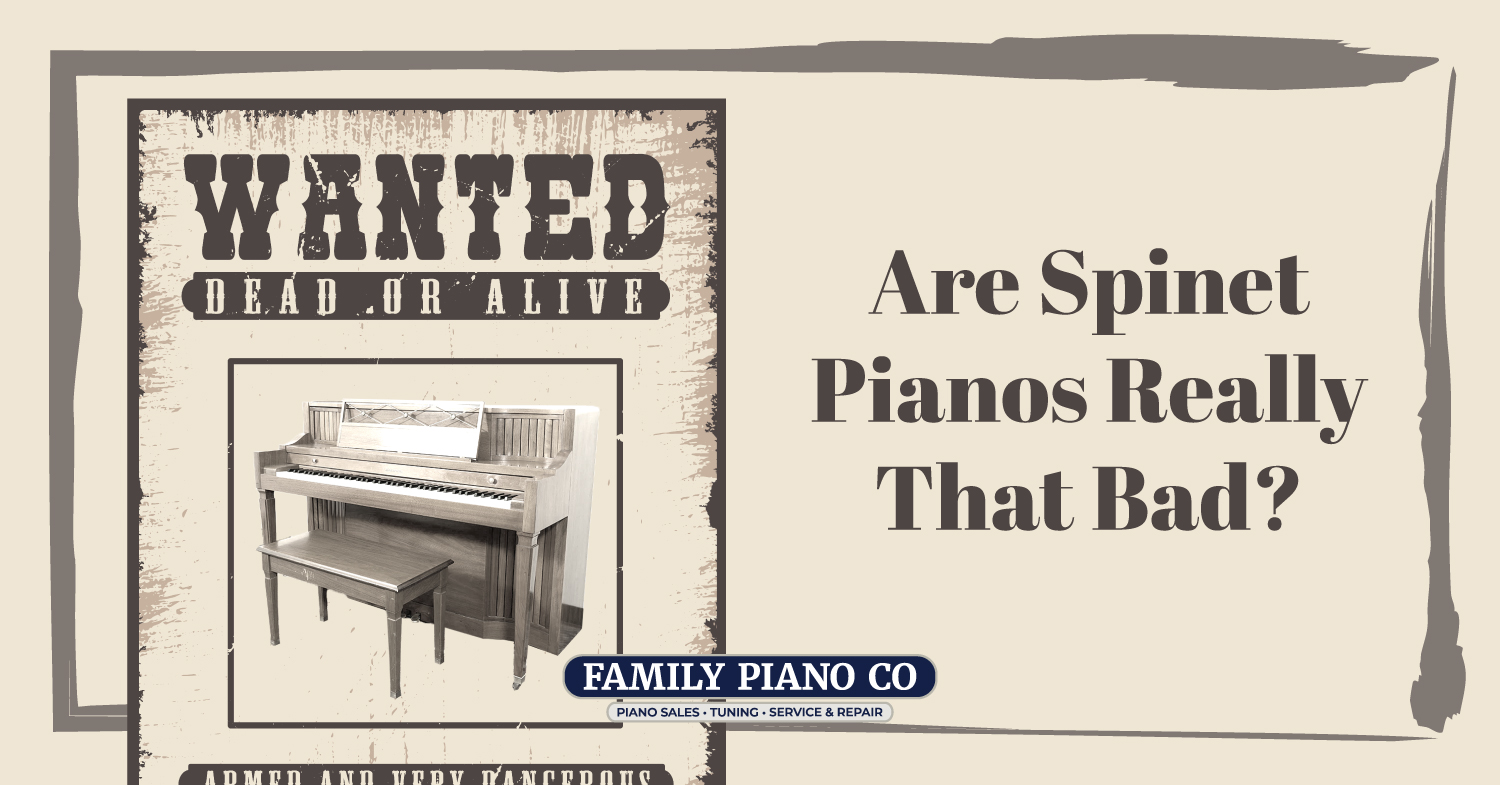
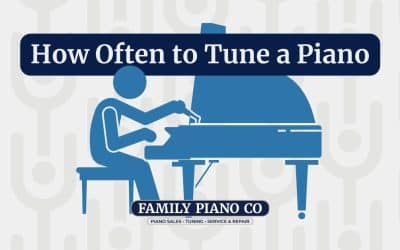


I love these glimpses into piano history. Keep them coming!!!
Thank you so much, Chuck! For reading and for saying so — really means a lot! 😁✨
Sweet